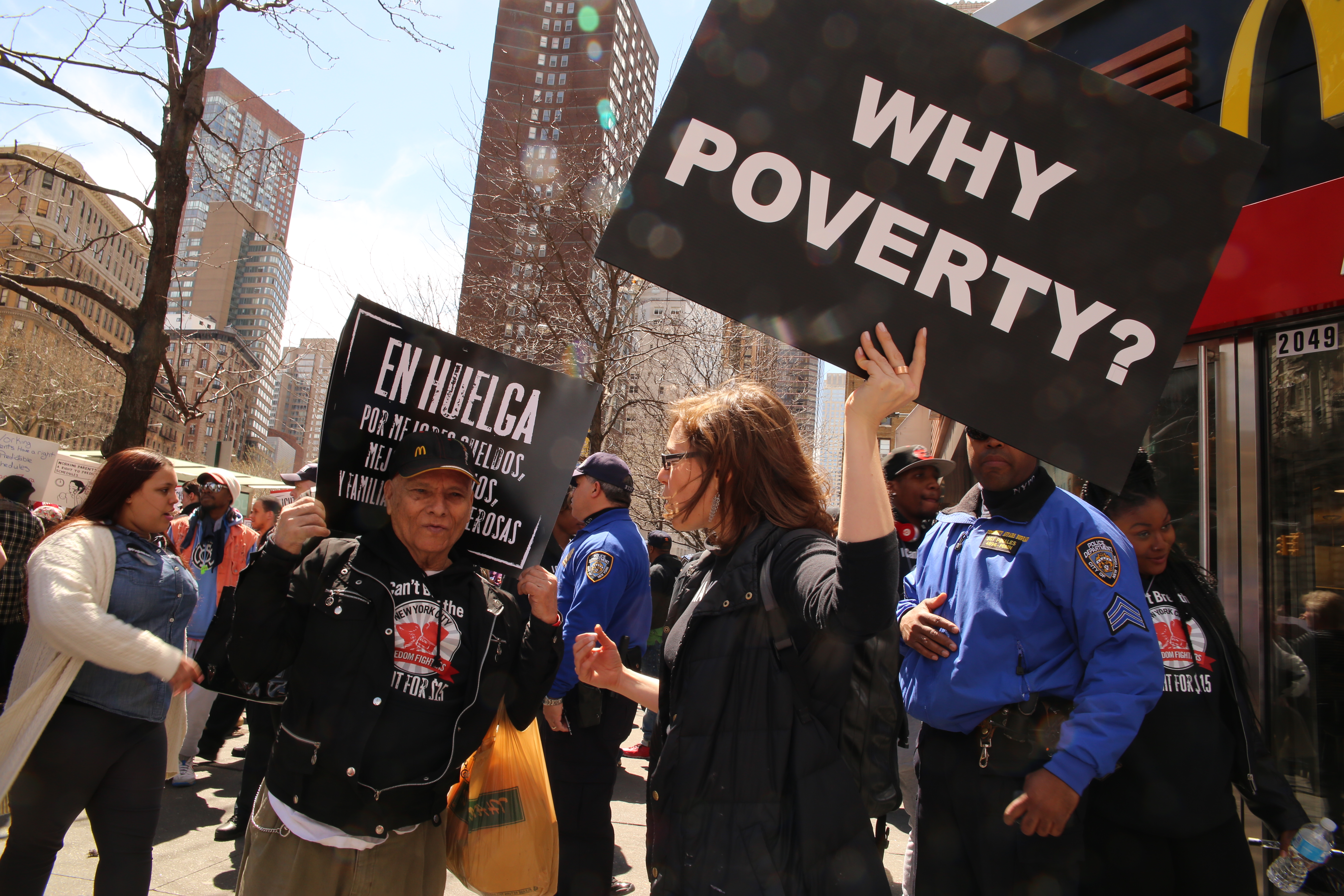Editor’s Note: On the weekend following the election, the Half in Ten campaign co-hosted a poverty summit in Miami, Florida with Catalyst Miami, a non-profit organization dedicated to building a community and economy that benefit all of the state’s residents. More than 200 political and civic leaders, advocates, and community residents discussed a range of issues and strategies to address them, including: Medicaid expansion, immigration reform, criminal justice, housing and transportation, wages and opportunity, education, and media coverage of poverty.
Florida State Senator Dwight Bullard closed the summit with the following remarks.
I lead the Florida Democratic Party so on Wednesday I was pretty spent emotionally and physically. But this anti-poverty summit we had just around the corner made me psyched. It served as a reminder: “Time to get up off your butt. We got work to do.”
We’ve got to organize, and we’ve got to change hearts and minds.
And we have a message that we can’t forget and have to keep pushing: People are suffering. People are suffering. People are suffering. Not only in Miami, Florida, but nationwide—and we must serve as a catalyst for change.
There is a lot of money, and a lot of egos, trying to deafen this message. And we need to stop waiting on ‘go betweens’ to deliver our message for us.
You all are the halls of power. You don’t need people to be your voice—you are the voice. You need to be active—at city hall, at the state capitol, and in Washington, DC.
People will see in you a chance to change the world we live in. They will see the ability to be their own Gandhi, their own Dr. King, their own catalyst for change.
There’s only one way to change income inequality in this country: organize, mobilize, agitate and disrupt the current flow of B.S. from Tallahassee to D.C.
Your job is to hold the policymakers fully accountable. And that doesn’t begin at the ballot box. It needs to be a constant barrage that says, ‘If you are not the change agent I need, you are dismissed.’
And we need to believe in the power of the vote. Scotland recently voted on whether to separate from Great Britain—89 percent of the voting population participated.
That’s called democracy.
Denmark—on a regular basis—has no less than 86 percent voter participation. That’s why they have a $22 an hour minimum wage. Unionized labor. Universal healthcare. Paid college tuition. How? It begins and ends with 86 percent participation every election.
When you average about 40 percent participation like we do in the United States—you get what you deserve.
So organize, mobilize, agitate—be the change agent you need to be.










